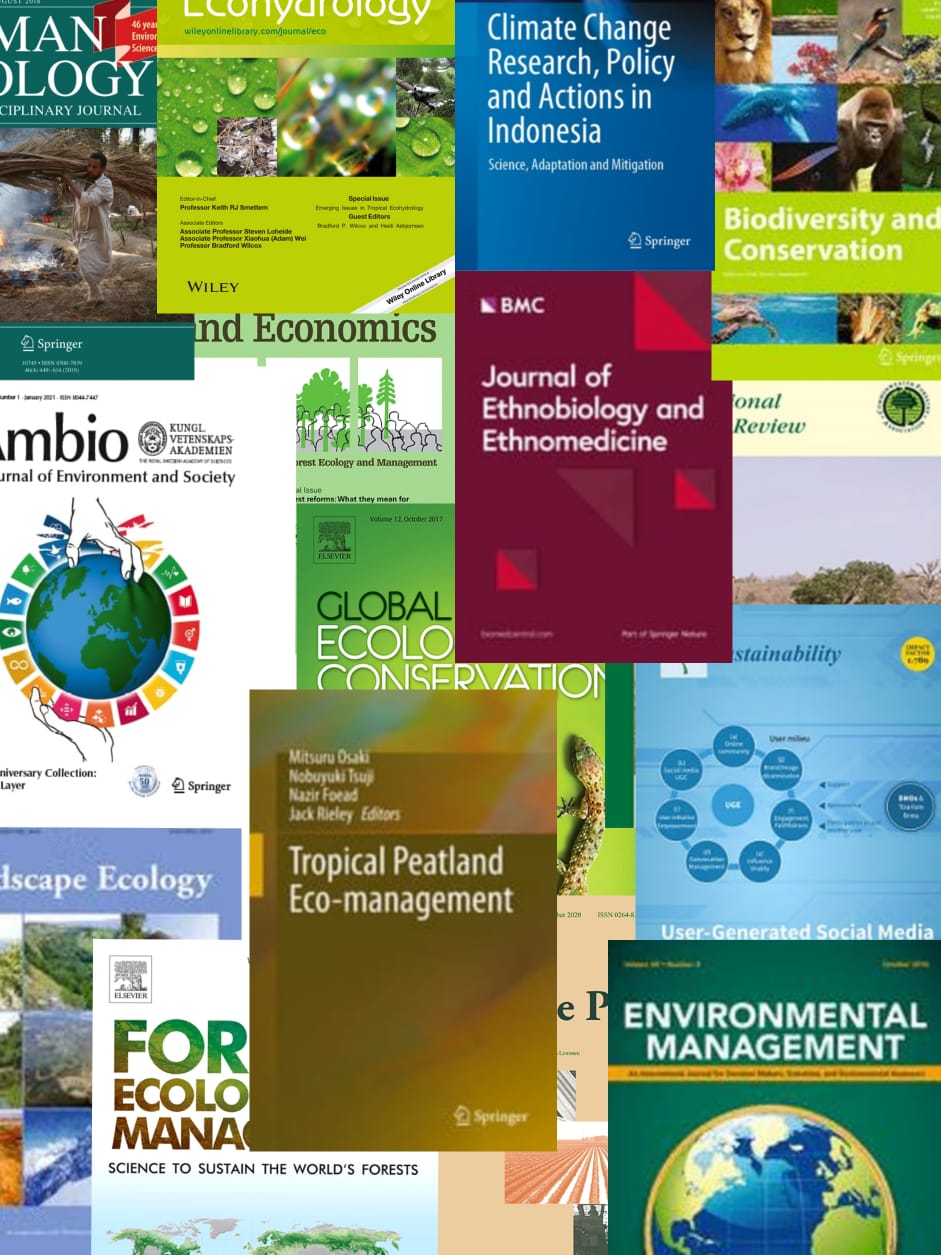Several million hectares of Indonesian peatlands have been converted to plantations, with oil palm being the most important plantation crop. This has contributed to the economic development of Indonesia. At the same time, it poses environmental challenges. An as yet insufficiently understood concern is that the drainage required for cultivation of peatlands causes soil subsidence. Subsidence progressively increases flood risks in plantations and will, over time, render peatlands unsuitable for cultivation since oil palm and other plantation crops are sensitive to waterlogged conditions. This paper assesses subsidence and flood risk in the main peatlands of Sumatra, and examines when peatlands will become unfit for crop production. We show that, under current management, 21% of oil palm production will be lost due to flooding, and 17% of oil palm plantations in East Sumatran peatlands will become unfit for agriculture in the coming 30 years. Over time, all peatlands will be lost for agriculture. With reduced drainage, these effects can be postponed, but not avoided. In the medium and long term, the only sustainable and economically profitable option for Indonesia is to use peatlands for no-drainage land use including crops that do not require drainage (paludiculture). This also strongly reduces the carbon footprint of cultivating in peatlands. Profitable no-drainage land use options have been tested, but their scaling up urgently needs further support from the government, industry, and international donors to materialize.
View source

